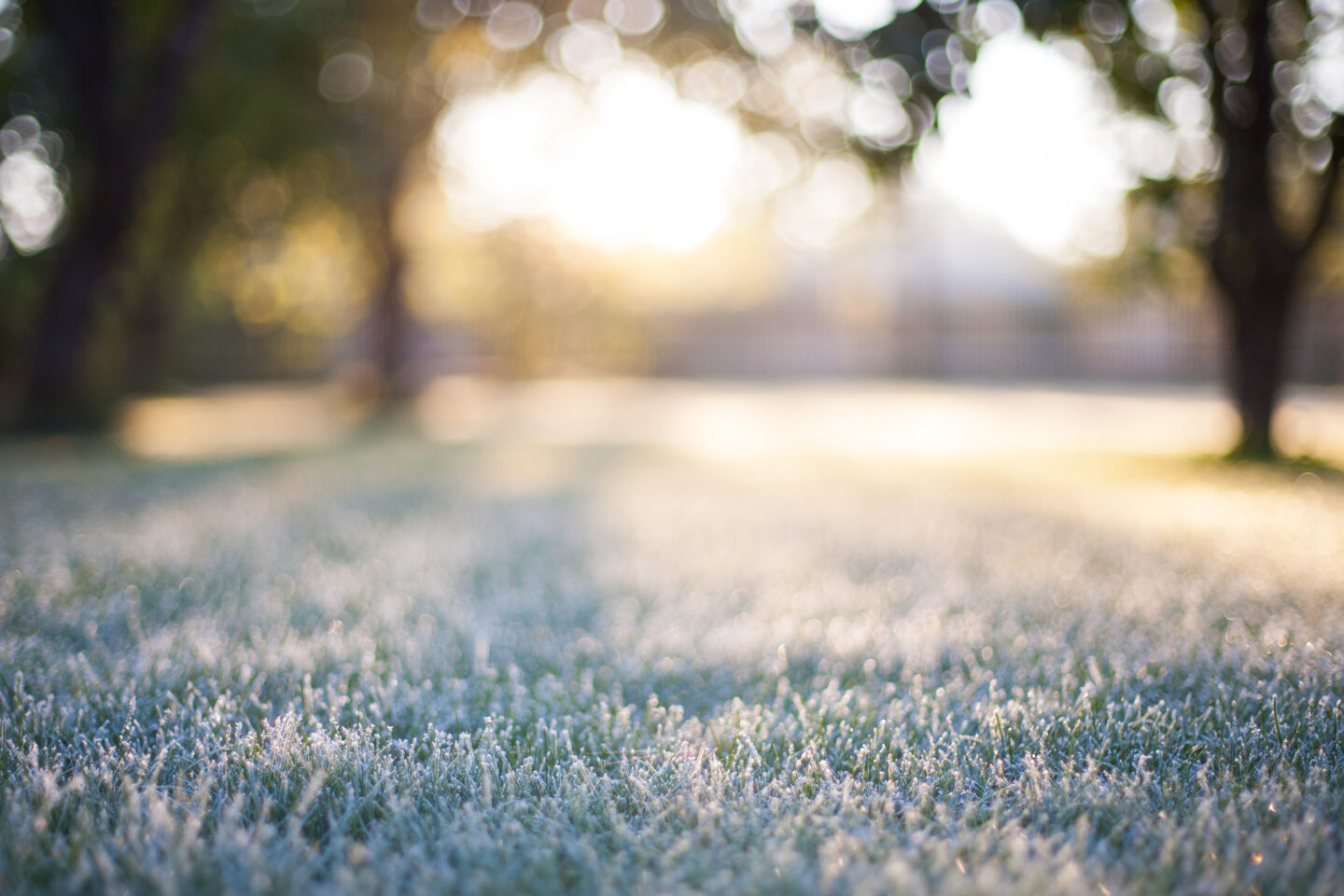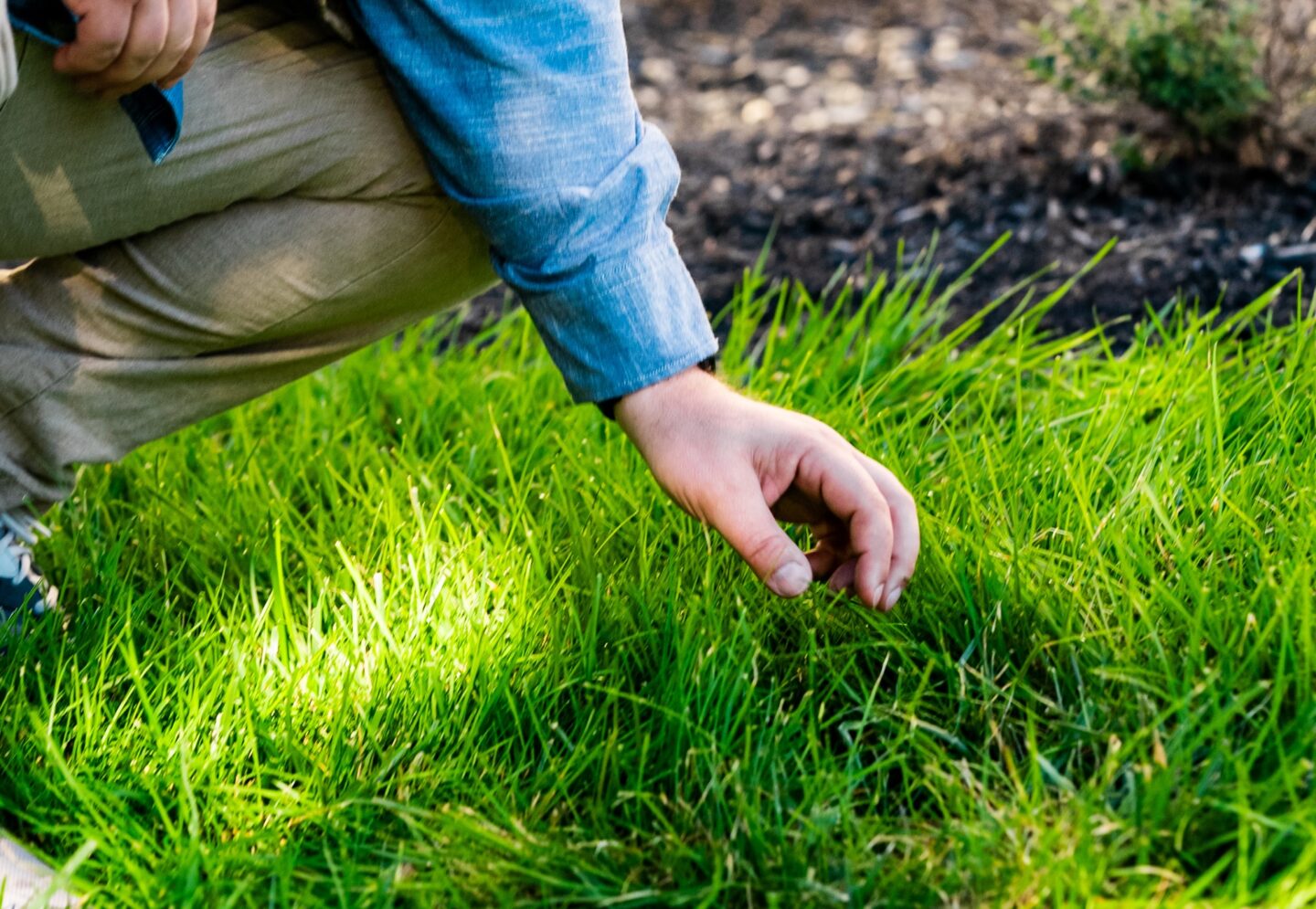A beautiful lawn is every homeowner’s dream, but even the most well-maintained yards can fall victim to unwanted threats. One of the biggest challenges? Common lawn diseases. Left unchecked, these problems can quickly turn lush grass into brown, patchy turf. At Turf’s Up, we believe that knowledge is the first step to prevention. Here are the top 10 culprits you should know—and how to spot them with proper lawn disease identification.
1. Brown Patch
A warm-season disease caused by a fungus, Brown Patch, appears as circular brown patches with a smoky ring. It thrives in humid conditions and over-fertilized lawns.
2. Dollar Spot
This disease causes small, silver-dollar-sized spots on your lawn. It usually occurs during periods of low nitrogen and high humidity.
3. Summer Patch
A common issue in Northern Virginia, Summer Patch is a fungal disease that causes circular, sunken patches of yellowing or dying grass, especially in Kentucky bluegrass and fine fescues. It thrives in hot, humid weather and compacted soil.
4. Red Thread
Red Thread appears as pinkish-red strands growing from grass blades. It’s usually found in lawns with low nitrogen levels and poor air circulation.
5. Rust
If your lawn leaves an orange dust on your shoes or mower, it might be Rust. This disease slows growth and causes thinning grass.
6. Leaf Spot
Leaf Spot begins as purple or brown spots on individual grass blades. In severe cases, it leads to widespread thinning and death of turfgrass.
7. Pythium Blight
This aggressive disease thrives in hot, humid conditions. It appears greasy, with water-soaked spots, and can spread rapidly across your lawn.
8. Powdery Mildew
Often found in shaded, poorly ventilated areas, Powdery Mildew shows up as white, powdery coatings on grass blades.
9. Fairy Ring
This odd-looking disease forms rings or dark green or dead grass arcs, often accompanied by mushrooms. A variety of soil fungi causes it.
10. Bermudagrass Decline
A soil-borne fungal disease that affects Bermudagrass, especially in compacted or poorly drained soils. It causes thinning, yellowing, and irregular patches during periods of heat stress. Proper aeration, improved drainage, and fungicide treatments can help manage and prevent it.
How to Identify Lawn Disease
Early lawn disease identification is crucial for effective treatment. Look for unusual color changes, patches, or spots on your lawn, and observe any unusual growth patterns. If you’re unsure how to identify lawn disease, our team at Turf’s Up is here to help. Our experts use proven techniques and local knowledge to assess your lawn’s health and recommend the right treatments.
Don’t let common lawn diseases take the beauty out of your yard. Turf’s Up offers targeted solutions, including lawn disease treatment, fertilization, and preventative care tailored to your property’s specific needs. Contact us today to schedule a consultation and let us help restore your lawn to its healthiest, greenest state!














